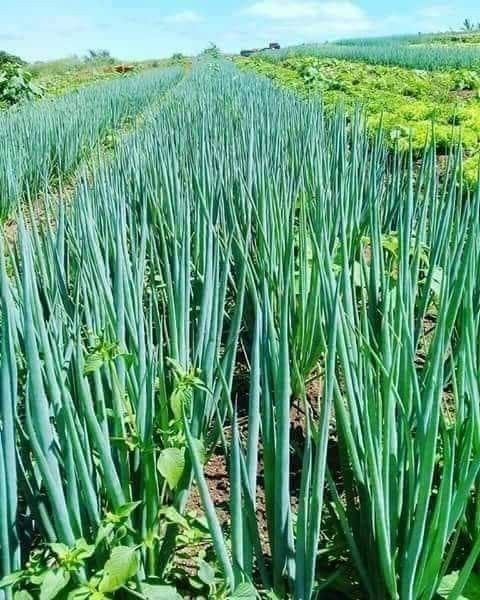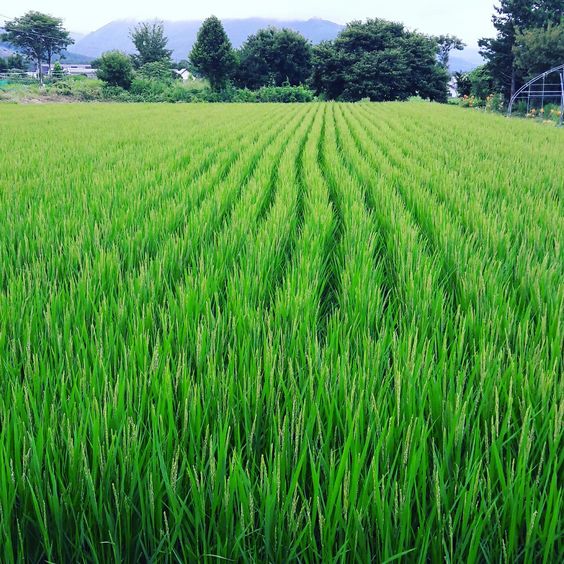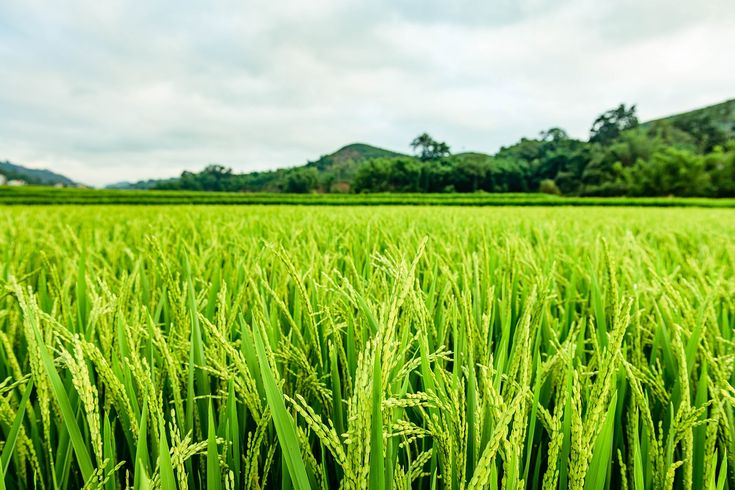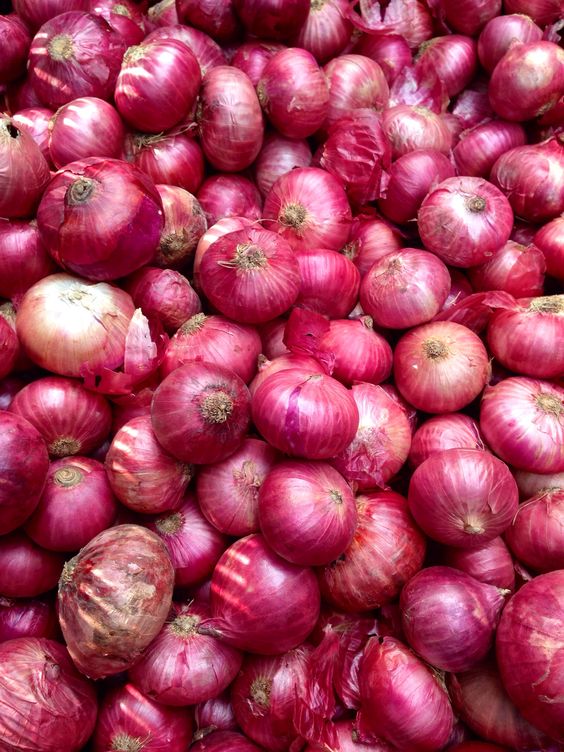Onion Crop Optimization: Harnessing Smart Agriculture for Higher Yields
The Onion Crop, a staple in global cuisine, is a complex agricultural process influenced by various factors, including climate, soil conditions, and pest management. In recent years, the integration of technology into agriculture, often referred to as Smart Agriculture or Digital Agriculture, has emerged as a transformative force. This article delves into the application of smart agriculture principles to onion cultivation, exploring the benefits, challenges, and potential of this innovative approach.
Contents
Onion Crop
Onion Crop Smart agriculture, a subset of precision agriculture, leverages advanced technologies to optimize agricultural practices. By collecting and analyzing data on various parameters, farmers can make informed decisions to enhance crop yield, quality, and resource efficiency. Key components of smart agriculture include:
- Internet of Things (IoT): Sensors and devices collect real-time data on soil moisture, temperature, humidity, light intensity, and other relevant factors.
- Data Analytics: Advanced algorithms process collected data to identify patterns, trends, and correlations.
- Precision Agriculture: Data-driven insights enable tailored interventions, such as site-specific nutrient management, irrigation, and pest control.
- Automation: Robotic systems and automation technologies reduce labor intensity and improve efficiency.
Onion Crop Characteristics
Onion Crop,Before delving into smart agriculture applications, it’s essential to understand the specific characteristics and challenges associated with onion cultivation. Onions are a biennial crop, typically grown as an annual. They require specific soil conditions, adequate sunlight, and careful water management. Common challenges include:
- Soil-borne diseases: Diseases like onion white rot and black rot can significantly impact yield.
- Pests: Onion thrips, aphids, and onion maggots are major pests that can cause substantial damage.
- Weather conditions: Onions are sensitive to extreme weather events like frost, excessive rainfall, and drought.
- Market fluctuations: Onion prices are often volatile, making it challenging for farmers to plan and manage their production.
Integrating Smart Agriculture for Onion Cultivation
-
Precision Planting:
- Soil analysis: Utilizing IoT sensors to measure soil pH, organic matter content, and nutrient levels.
- Site-specific planting: Optimizing seed spacing and depth based on soil conditions and crop variety.
- Real-time monitoring: Tracking soil moisture and temperature to determine optimal planting time.
-
Irrigation Management:
- Soil moisture sensors: Continuously monitoring soil moisture levels to avoid overwatering or underwatering.
- Weather data integration: Incorporating weather forecasts to predict irrigation needs.
- Drip irrigation systems: Precisely delivering water to the root zone, reducing water waste.
-
Nutrient Management:
- Soil nutrient sensors: Monitoring soil nutrient levels to optimize fertilizer application.
- Plant tissue analysis: Analyzing plant samples to assess nutrient deficiencies or excesses.
- Fertilizer recommendations: Providing tailored fertilizer recommendations based on data analysis.
-
Pest and Disease Management:
- Image analysis: Using drones or cameras to detect early signs of pests and diseases.
- Pest and disease forecasting models: Predicting outbreaks based on weather conditions and historical data.
- Precision spraying: Targeting pesticide applications to specific areas where pests or diseases are present.
-
Harvest Optimization:
- Crop monitoring: Using remote sensing to assess crop maturity and yield potential.
- Harvest timing optimization: Determining the optimal harvest date based on market demand and crop quality.
- Harvest automation: Employing harvesting machines to improve efficiency and reduce labor costs.
Benefits of Smart Agriculture for Onion Cultivation
- Increased yield: Optimized resource management and timely interventions lead to higher crop productivity.
- Improved quality: Precision agriculture practices result in onions with better taste, size, and storage quality.
- Reduced costs: Efficient use of water, fertilizers, and pesticides leads to significant cost savings.
- Environmental sustainability: Minimizing chemical inputs and water usage contributes to a healthier ecosystem.
- Enhanced decision-making: Data-driven insights empower farmers to make informed decisions.
- Risk mitigation: Early detection of pests, diseases, and adverse weather conditions allows for timely mitigation strategies.
Challenges and Considerations Onion Crop
- Initial investment: Implementing smart agriculture technologies requires significant upfront costs.
- Data management: Effective data collection, storage, and analysis require robust infrastructure and expertise.
- Digital divide: Access to technology and digital literacy among farmers can be a barrier.
- Weather unpredictability: While weather data can be incorporated, extreme weather events can still impact crop performance.
- Market dynamics: Smart agriculture can help optimize production, but market prices are influenced by various factors beyond farmers’ control.
Future Trends and Opportunities
Onion Crop,The integration of smart agriculture in onion cultivation is still in its early stages, with numerous opportunities for further development and innovation. Some potential trends include:
- Artificial Intelligence (AI): AI-powered systems can analyze vast amounts of data to identify complex patterns and optimize decision-making processes.
- Robotics: Autonomous robots can perform tasks such as weeding, harvesting, and sorting onions, reducing labor costs and improving efficiency.
- Blockchain technology: Blockchain can be used to track the origin of onions, ensuring food safety and transparency in the supply chain.
- Digital twins: Creating virtual replicas of onion fields can enable simulation and testing of different management practices before implementation.
Research Recommendations
Onion Crop,To accelerate the adoption of smart agriculture in onion cultivation, policymakers and researchers should focus on the following areas:
- Financial incentives: Providing subsidies or tax breaks for farmers who invest in smart agriculture technologies.
- Education and training: Offering programs to enhance farmers’ digital literacy and technical skills.
- Data sharing and standardization: Developing platforms for secure data sharing and establishing common data standards.
- Research and development: Supporting research to address specific challenges and opportunities in onion cultivation.
- Public-private partnerships: Fostering collaboration between government, industry, and academia to drive innovation.
Mitigating Ethical Risks
Onion Crop,To address these ethical challenges, it is essential to:
- Develop robust data protection regulations: Implement strict data privacy laws to safeguard farmer information.
- Promote digital literacy: Educate farmers about data privacy and security best practices.
- Support open-source technologies: Encourage the development of open-source platforms to promote accessibility and transparency.
- Conduct ethical impact assessments: Evaluate the potential ethical implications of new technologies before deployment.
- Foster public dialogue: Engage with stakeholders to develop shared ethical guidelines.
Onion Crop,By proactively addressing ethical concerns, the agricultural sector can build trust and ensure that the benefits of smart agriculture are realized in a responsible and equitable manner.
Onion Crop Smart agriculture holds the potential to revolutionize onion cultivation by increasing efficiency, sustainability, and profitability. By embracing technological advancements and data-driven approaches, farmers can adapt to changing climate conditions, meet growing consumer demands, and build resilient agricultural systems. As the field of smart agriculture continues to evolve, it is essential to invest in research, education, and policy development to unlock its full potential for the benefit of onion growers and consumers alike.




